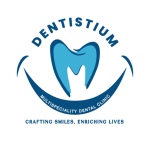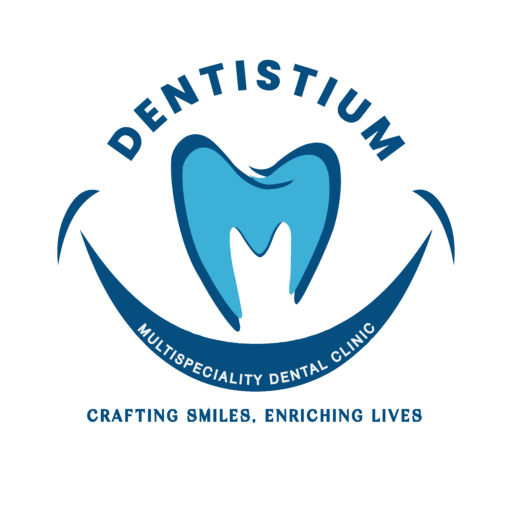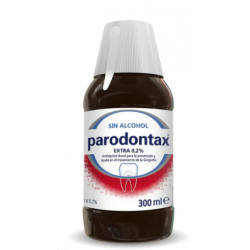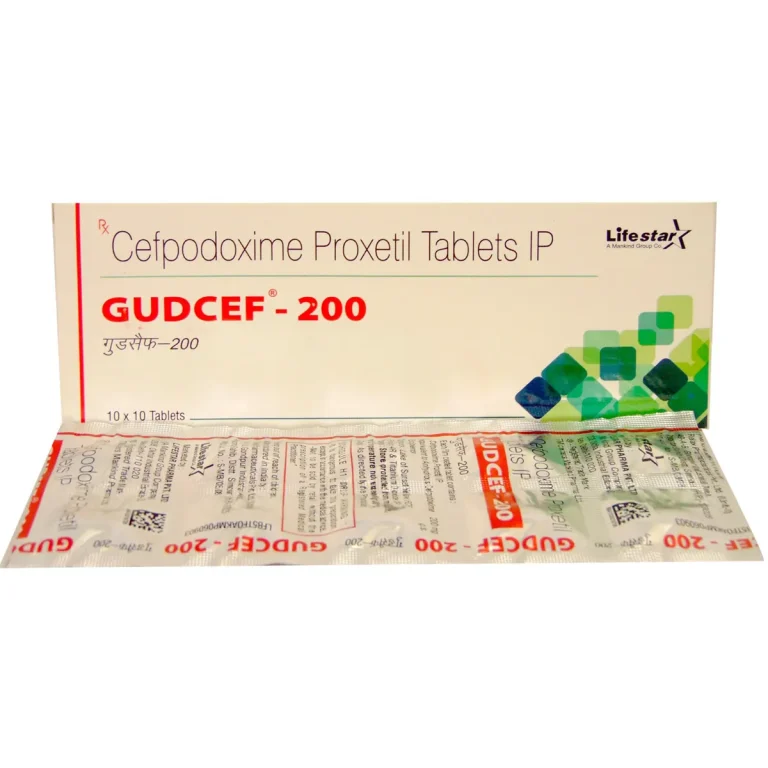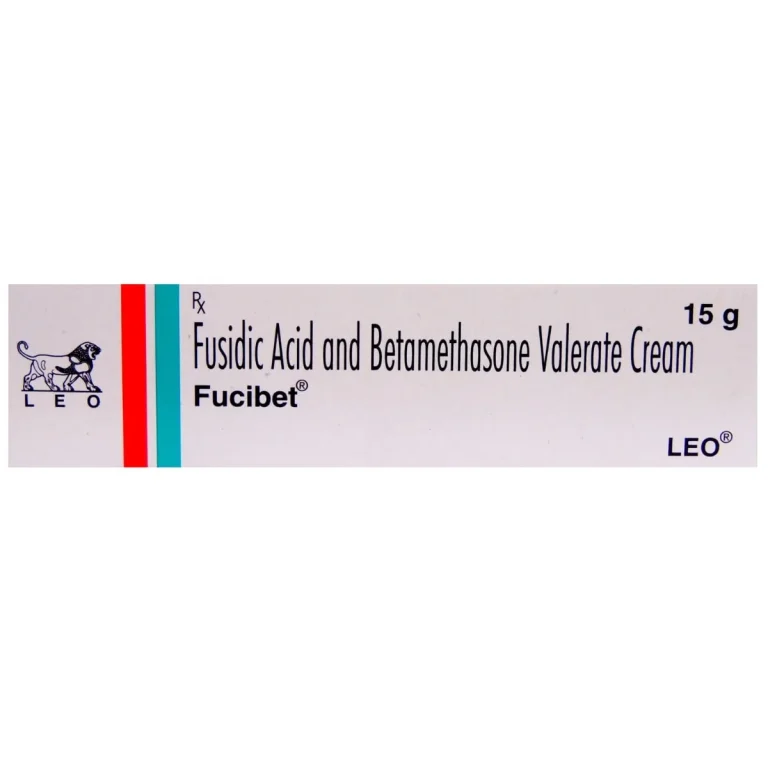Blogs
DENTISTIUM’s Cosmetic Dentistry Solutions for a Radiant Smile
DENTISTIUM’s Cosmetic Dentistry Solutions for a Radiant Smile Beyond appearances, a beautiful smile has a big impact on one’s self-esteem and general well-being. Cosmetic dentistry preserves...
Read MoreSinus Infection Tooth Pain Connection
Sinus Infection Tooth Pain Connection Carbonated drinks, including sodas and sparkling waters, are a popular choice for many people, especially on a hot day or during...
Read MoreHow Alcohol Affects Your Dental Health
How Alcohol Affects Your Dental Health When it comes to enjoying a drink, most people don’t think twice about their teeth. But did you know that...
Read MoreTips To Keep Your Kids Teeth Healthy
Tips To Keep Your Kids Teeth Healthy Good dental hygiene is crucial for everyone, but it’s especially important to start early with kids. By teaching your...
Read MoreAdvancements in Dental Technology
Advancements in Dental Technology The field of dentistry has seen remarkable advancements over the years. Thanks to new technologies, dental procedures are now faster, more efficient,...
Read More